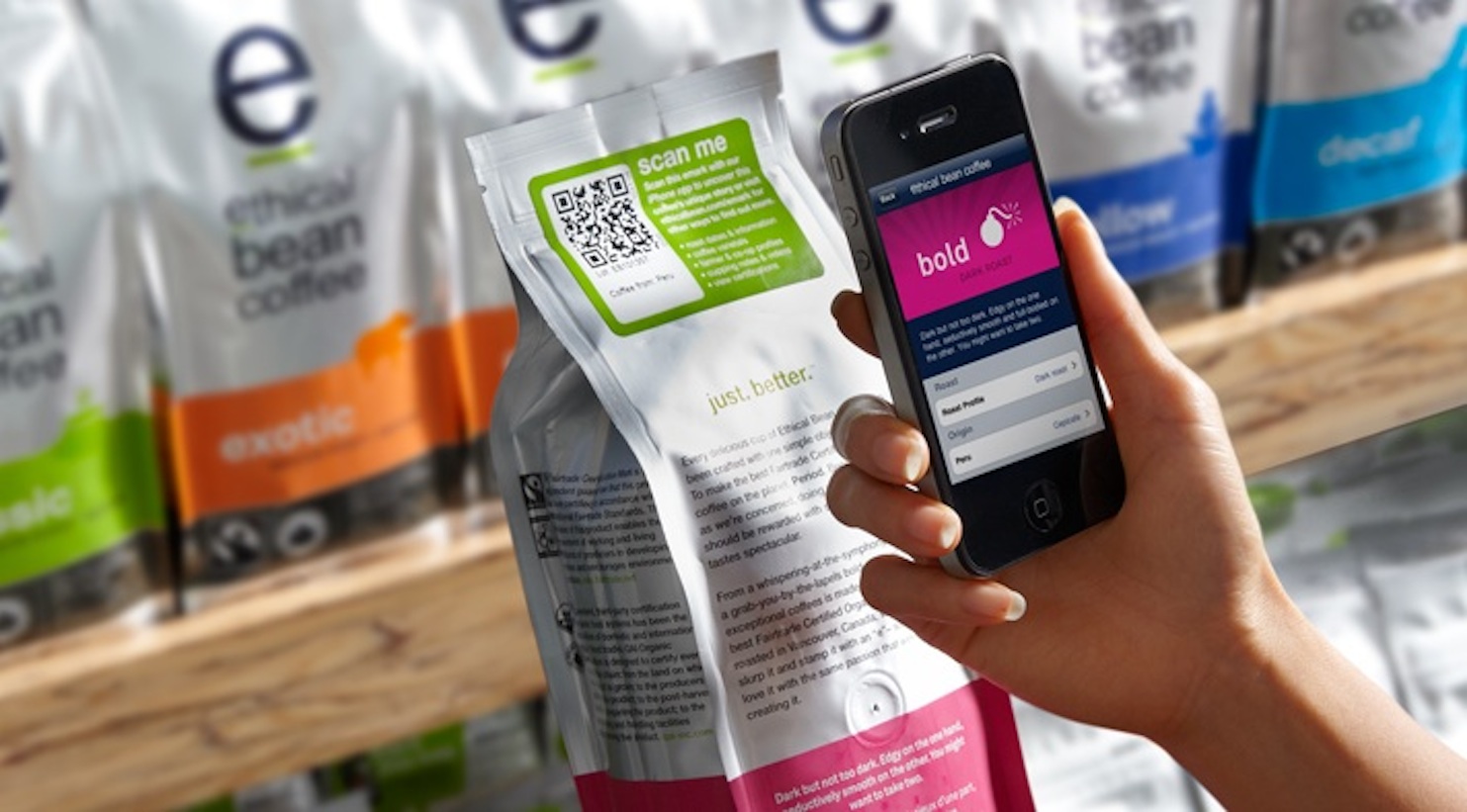A few days ago we created a blog post summarizing the National Bioengineered Food Disclosure Standard Legislation. We have received a number of inquiries regarding how to create QR Code labels. Fortunately, we sell BarTender Basic from Seagull Software.
BarTender is an industry-leading label design and print software for barcode, Radio Frequency Identification (RFID), and card printing. It is an essential tool for hundreds of thousands of users in more than 150 countries, so you know it’s solid and useful software.
QR Code Labels: The Basics

1D Bar Code Example (see lower, left-hand corner of label)
Barcode design software was developed in the mid-80’s, and barcodes are now familiar to all of us. Almost every product we buy, and almost every package we receive, has a barcode. It may be the more familiar one-dimensional (1D) barcode (think the code you scan at the self-checkout at the grocery store), or the more recent two-dimensional (2D) barcodes, such as a QR code.
When scanned, barcodes tell equipment to “do things.” This could mean recording a price at the grocery store, sending a package down a particular sorting chute at a UPS facility, or triggering a smartphone to send its browser to a particular website. This last feature is how many of you will comply with the Federal Government’s National Bioengineered Food Disclosure Standard legislation.
National Bioengineered Food Disclosure Standard Legislation (NBFDSL)

QR Code example, courtesy of ValueLabel
Generally speaking, the NBFDSL requires food manufacturers to have a QR Code on their food labels. When a consumer scans the code, it directs their smartphone’s browser to a mobile-friendly* webpage. Here, the consumer learns if there are any Genetically Modified Organisms (GMO’s) in the food contained in the labeled package. Smaller labels, for food products such as “honey sticks” and small candy bars, will be able to display a web address or phone number where the consumer can receive the same information.
QR Codes that link to webpages can be generated by a number of readily-available web-based applications.
*We recommend checking with your web developer to ensure your website is mobile-friendly.













